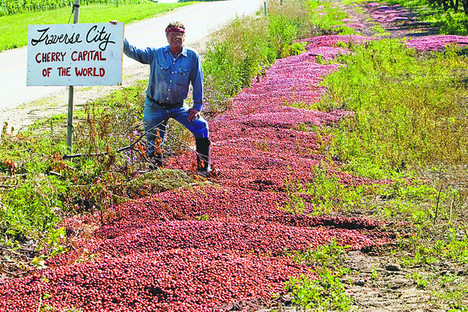A 2009 study of the effects of global warming on Thai rice farmers, finds that most such farmers have been able to fully adapt to milder changes, and to allay the worst effects of extreme changes. The researchers note that for milder changes, the farmers may even benefit from the increased rainfall that often accompanies such changes. The researchers also note that the adaptation would have been greater if they had been able to take account of the full range of adaptations the farmers could make:
(p. 210) Our results illustrate the complexity of climate change effects on rice yields at both the aggregate and individual levels, the scope of farmers’ ability to counter climate change, and thus the importance of accurate modeling of farmers’ decisions. Overall, farmers are unable to neutralize the adverse effects of the more extreme climate change. However, they are able to cope with milder climate change and even benefit slightly from small increases in rainfall. While most farmers manage to adjust to milder climate change, poor farmers are less able to do so.
It should be noted that in our analysis we consider only farmers’ adjustment through input decision rules. We do not model or incorporate possible changes in timing of input usage, nor broader adjustments such as changes in the type of crop grown or migration. As a result, our findings may overstate both yield changes and implied welfare effects of climate change.
Source:
Felkner, John, Kamilya Tazhibayeva, and Robert Townsend. “Impact of Climate Change on Rice Production in Thailand.” American Economic Review 99, no. 2 (May 2009): 205-10.






